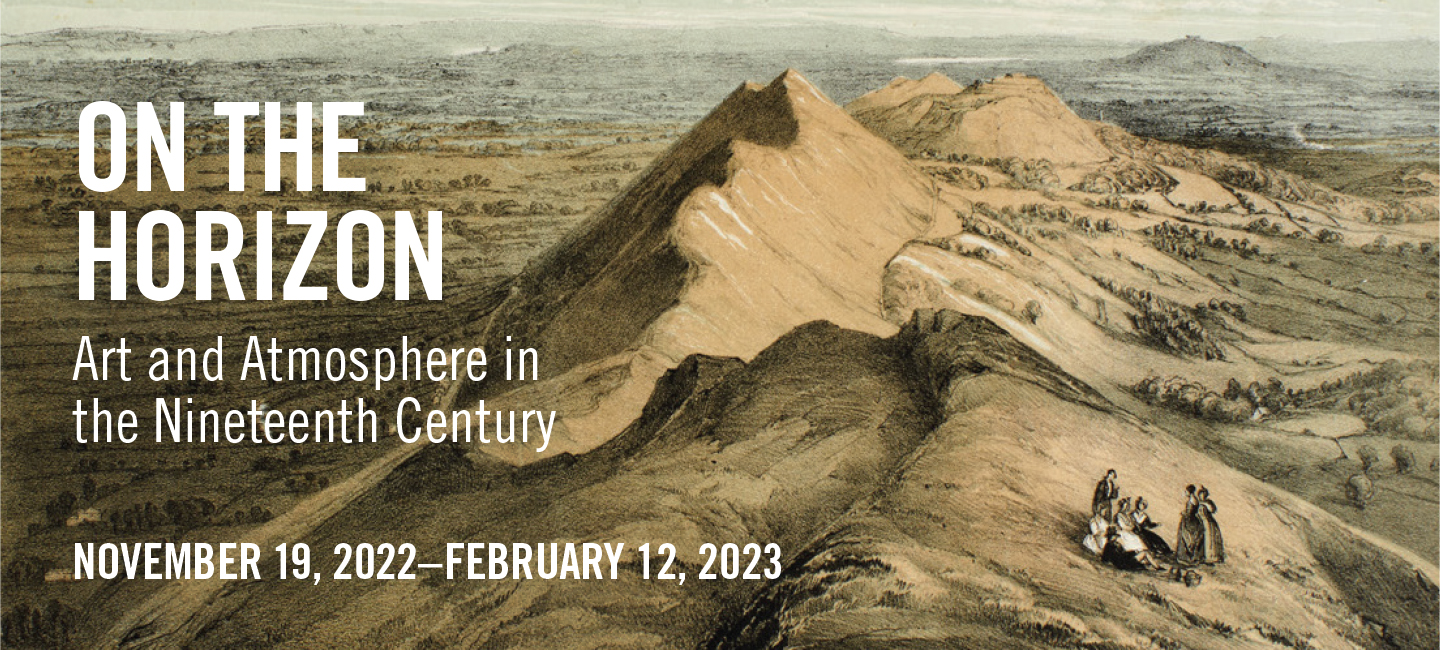Something in the air: pollution
 Félix Thioller
Félix Thioller(French, 1842–1914)
Pécheur et usine sur la Seine en Normandie (boat and factory), c. 1910
Gelatin silver print
The Troob Family Foundation
The Industrial Revolution (1760–1840) altered humanity’s relationship to labor and the production of material goods, while leaving behind widespread air (and water) pollution. Earlier deforestation in Europe and North America precipitated coal’s rise as the dominant energy source for domestic use and manufacturing. Although fossil fuels produced less smoke and carbon dioxide than burning wood, by the second half of the nineteenth century, emissions from steam-powered engines and coal-fired furnaces entered the airspace at unprecedented levels.
With factories and foundries operating around the clock to maximize production, emissions compromised air quality, creating harmful conditions. These technological developments also drastically reshaped the horizon, with the stark verticality of factory chimneys punctuating once-open vistas. Artists and photographers included these befouling architectural elements in their compositions, at times naturalizing or aestheticizing environmental changes in their depictions of modern life.
